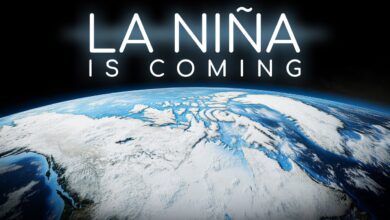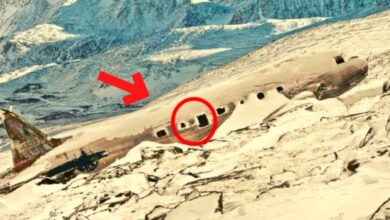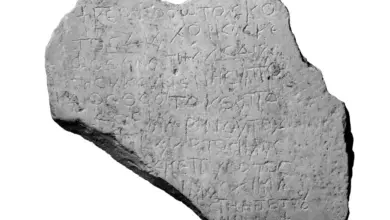What Did NASA Discover in Latest Photos from Io?

Each celestial body in the Solar System has its own unique characteristics. Some, like barren Mars, are frozen in eternal silence, or, like Pluto, are covered in thick layers of ice. Others, like Venus or Titan, are shrouded in thick atmospheres. But there is a world not far from ours, where violent earthquakes and hundreds of erupting volcanoes create a stunning landscape, with violent eruptions spilling into space. A giant planet dominates much of its sky, occasionally blocking out the weak sun, while vast valleys are bathed in brilliant shades of gold and red. It is Io, a moon of Jupiter—at once dangerous and violent, but also beautiful and mysterious.
More than four centuries ago, in 1610, Galileo Galilei made one of the greatest astronomical discoveries of his time. Using a telescope, small by today’s standards, he identified four bodies around Jupiter. One of them, Ganymede, is now considered the largest moon in the Solar System. Two others, Europa and Callisto, are considered potential candidates for the search for extraterrestrial life. The fourth moon, the closest to Jupiter, is called Io.
For a long time, due to technical limitations, Io’s surface and internal structure were only guesses. But thanks to scientific advances, astronomers today have more detailed information. Io is now known to be one of the largest moons in the Solar System, second only to Ganymede, Titan, and Callisto in size. With a radius of about 1,821 km and a mass of nearly 8.9 x 10²² kg, Io is almost the same size as Earth’s Moon. However, Io is 21% more massive than the Moon, indicating that its average density is higher than that of any other moon in the Solar System.
This unusual density, at around 3.5 g/cm³, is significantly higher than that of most non-metallic rocks, and is explained by Io’s internal structure. The moon’s centre is a compact core, composed mainly of iron and sulfur, which makes up about 20% of Io’s mass. This core is surrounded by a mantle composed mainly of the mineral forsterite, the outermost layer of which is a magma ocean about 50 km deep, with temperatures reaching up to 1,600 K (over 1,300°C). It is the intense volcanic activity from this magma that makes Io the most volcanically active body in the Solar System.

Images and data collected by space missions such as Pioneer and Voyager in the 1970s revealed massive volcanic eruptions, some reaching heights of 500 km. Io has more than 400 active volcanoes, and its area is much smaller than Earth’s, making it the most volcanically active body known. One of the most striking features on Io is the giant orange-brown ring in the southeastern part, formed by eruptions of the ancient Pele volcano.
In addition, Io has an extremely thin atmosphere, mostly sulfur dioxide, with a pressure billions of times lower than that of Earth. Despite this, it still has brilliant auroras, caused by charged particles from Jupiter’s magnetic field impacting this thin layer of gas. Io’s unique characteristics make it one of the most fascinating observational targets in the Solar System.
**IO – The Volcanic Wonder of the Solar System**
The surface of Loki Patera and other lava lakes on Io could hypothetically be suitable for the presence of exotic life forms that can withstand high temperatures and obtain energy from chemical reactions involving sulfur or iron. On Earth, there are also such creatures, mostly living in underwater volcanic vents or isolated ocean caves. However, given the strong tectonic activity and extreme temperature variations on Io’s surface, this possibility is actually quite low.

Interestingly, although the high mountains and volcanoes are the most prominent features on Io’s surface, they actually occupy only a small portion of the satellite’s area. Tectonically active areas are often surrounded by large, relatively flat areas covered by a thick layer of sulfur deposits. When viewed from space, these regions appear lighter in color and largely smooth. One of the most notable is Media Regio – a bright, smooth, irregularly shaped region surrounded by mountains and volcanoes. It is estimated to be about 2,600 km in diameter, accounting for 12.6% of Io’s surface.
To the west of Loki Patera, past a series of volcanoes and small lava flows, lies the prominent region of Media Regio. Observations show that the surface of Media Regio is colder, with an average temperature of only about 110 Kelvin (-163°C), hundreds of degrees colder than the volcanic regions. Here, sulfur dioxide from Io’s thin atmosphere is deposited as ice, creating a smooth terrain that is colored in hundreds of shades of yellow, red, and black.
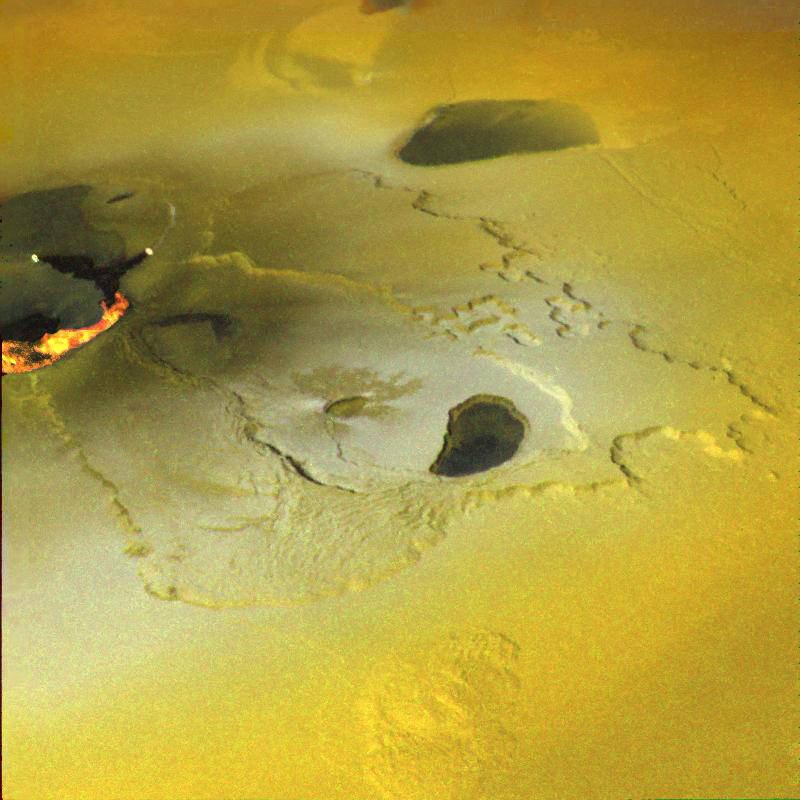
Further northwest, we come across the Amirani Crater – a large lava fissure on Io’s surface. Amirani is notable for the massive solidified lava flows that surround it, creating a stark contrast to the lighter-colored areas around it. One of these flows extends more than 300 km to the north, while the second largest flows extend 250 km to the west. Below the surface, Amirani has a complex structure, believed to have underground lava tubes that connect to eruption zones outside the main fissure. Temperatures at the center of Amirani can reach 1,900 Kelvin (1,630°C), while nearby hotspots have recorded temperatures of up to 1,200 Kelvin (927°C).
Io’s tectonic and volcanic activity is largely driven by tidal interactions with Jupiter. The enormous gravity of the gas giant not only melts Io’s interior but also deforms its crust, causing violent eruptions. These eruptions not only make Io’s surface vibrant, but also create clouds of particles that are scattered into space. Some of the particles fall back to Io, others are scattered by Jupiter’s magnetic field or become part of Jupiter’s rings.
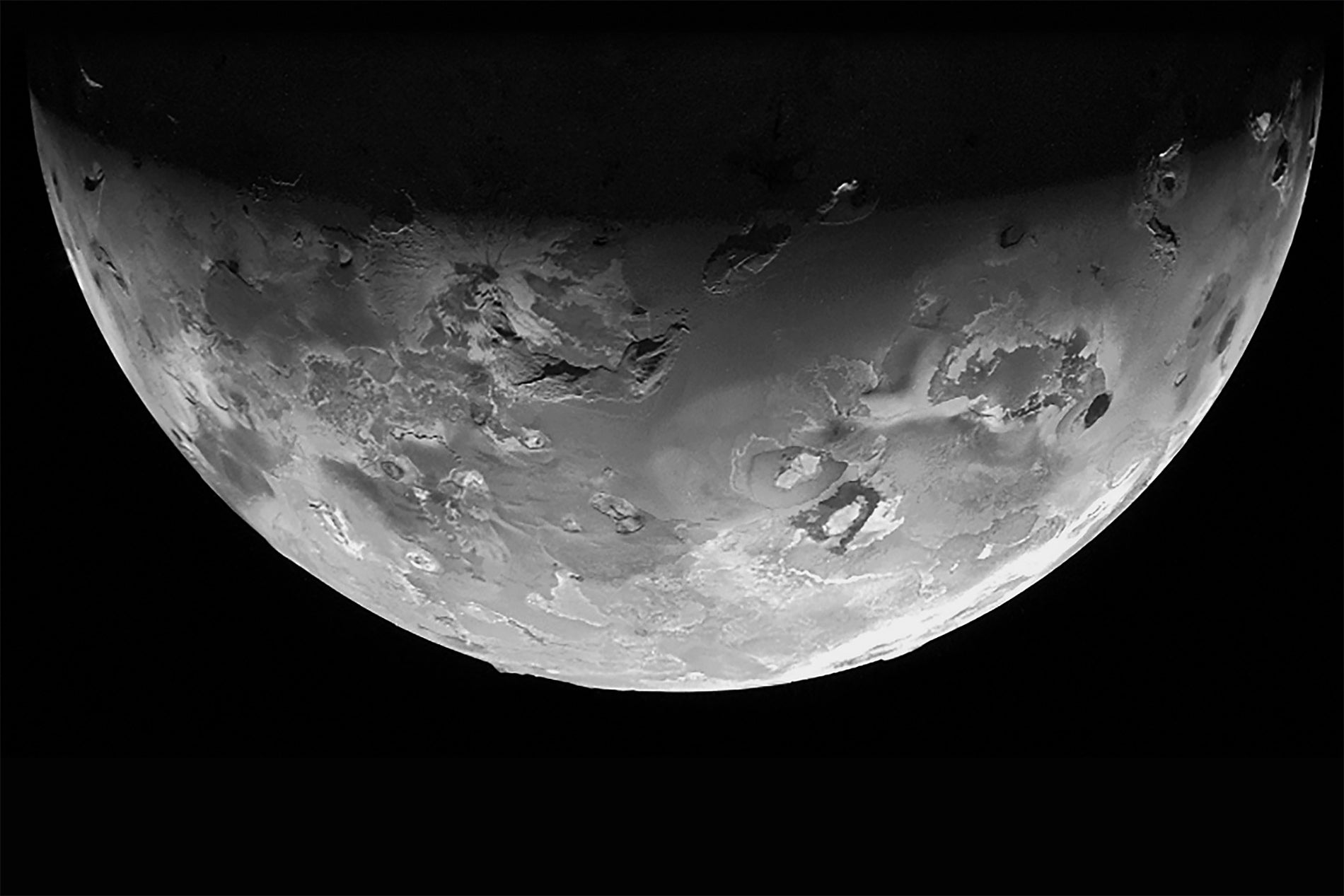
Among the most active regions, Tvashtar Paterae in Io’s north stands out. This region has recorded several large eruptions over the past three decades, with lava columns reaching heights of up to 385 km, creating a spectacular astronomical spectacle. Data collected from this region helps scientists better understand Io’s structure and composition.
Although Io is not a prime candidate for life, the moon’s volcanic and tectonic activity has provided insights into the geologic mechanisms of the Solar System. Future missions will continue to unlock Io’s secrets, cementing its place as one of the most unique bodies in the universe.




